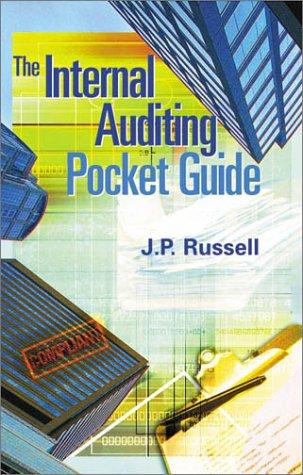Question
MARCON VENTURES Income Statements for the year Ended 31st December 2018 GHS Millions 2019 GHS millions Sales 195 225 Less cost of goods sold 117
MARCON VENTURES Income Statements for the year Ended 31st December 2018 GHS Millions 2019 GHS millions Sales 195 225 Less cost of goods sold 117 140 Gross profit 78 85 Less selling, general & admin expenses 39 48 Operating profit 39 37 Less interest expenses 4 3 Net profit before tax 35 34 Less tax 19 12 Net profit after tax 16 12 Dividends 6 6 Retained profits 10 16 Statement of financial position as at 31st December 2018 2019 GHS million GHS million GHS million GHS million ASSETS Gross plant, property & equipment 120 138 Less accumulated depreciation 12 14 Net plant, property, and equipment 108 124 CURRENT ASSETS stock 70 80 debtors 35 45 cash 20 125 18 143 TOTAL ASSETS 233 267 FINANCED BY: Equity share capital 140 150 10% preference share 10 10 Retained earnings 10 16 160 176 Long-term loans 60 60 CURRENT LIABILITIES Trade creditors 10 20 Tax and dividends 3 11 233 267 Notes i. Equity share capital outstanding was 100,000 at the end of 2019. ii. The market price of the share at the end of 2019 was GHS1,800. A. Using Marcom Ventures financial statements calculate for year 2019 (using end-of year figures), the following ratios and comments on the performance of Marcom Ventures. i. Price earnings ratio. ii. Times interest earned ratio iii. Quick ratio iv. Return on assets. v. Net profit margin vi. Cash coverage ratio vii. Number of days inventory viii. Number of days receivables ix. Number of days payables x. Operating cycle xi. Net operating cycle xii. Current ratio xiii. Quick ratio xiv. Cash ratio xv. Debt-to-asset ratio xvi. Debt-to-equity ratio xvii. Financial leverage xviii. Gross profit margin xix. Operating profit margin xx. Net profit margin xxi. Pre-tax profit margin xxii. Earnings per share xxiii. Book value per share xxiv. Dividend per share xxv. Dividend payout ratio B. Explain THREE (3) limitations of the use of financial statement in assessing the performance of companies.
Step by Step Solution
There are 3 Steps involved in it
Step: 1

Get Instant Access to Expert-Tailored Solutions
See step-by-step solutions with expert insights and AI powered tools for academic success
Step: 2

Step: 3

Ace Your Homework with AI
Get the answers you need in no time with our AI-driven, step-by-step assistance
Get Started


